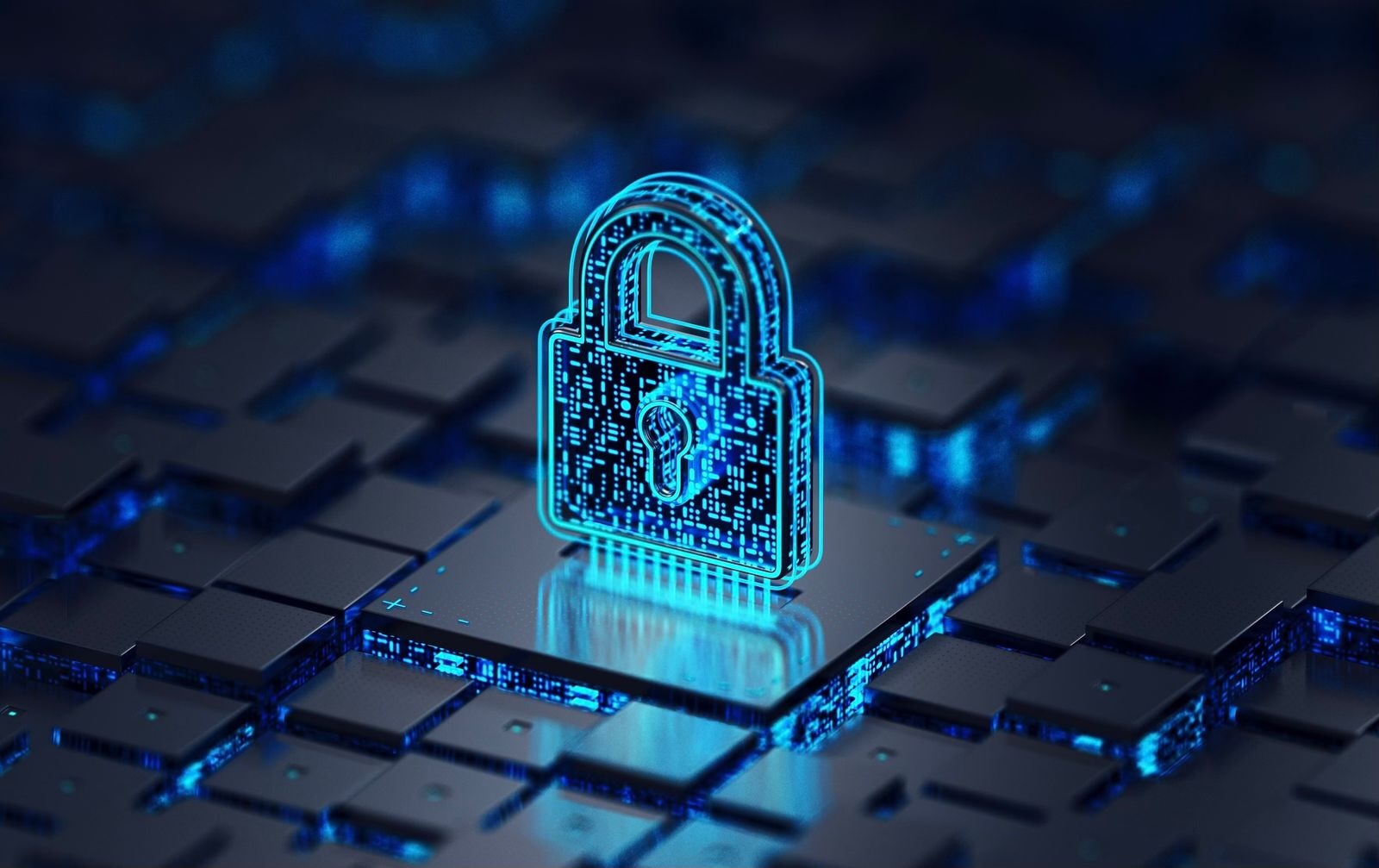EPA Gives Water Utilities New Tools to Confront Cybersecurity Risks
Key Takeaways
- New EPA Tools: EPA released updated and new cybersecurity planning resources to help water and wastewater utilities better prepare for digital threats
- Operational Readiness: The package includes an emergency response guide, cybersecurity incident response plan template, incident action checklists, and a procurement checklist
- Compliance Expectations: Cybersecurity is increasingly treated as a core safety requirement tied to access to clean and reliable water services
- Rising Cyber Threats: Water systems nationwide are experiencing more frequent attacks that could disrupt treatment operations or compromise water quality
- Federal Focus: EPA has recently provided grant funding and recommendations to accelerate resilience improvements across the water sector
Deep Dive
As cyber threats continue to test the resilience of U.S. water systems, the Environmental Protection Agency is rolling out new resources to help utilities strengthen digital defenses and keep safe water flowing.
The package, announced this week, targets what operators and regulators describe as the sector’s biggest blind spot. Many drinking water and wastewater systems know they’re vulnerable, but lack the plans, procurement safeguards, and structured processes to respond when hackers show up.
EPA Assistant Administrator for Water Jess Kramer underscored the operational stakes. A single breach can shut down treatment systems or alter chemical levels, impacts that move quickly from IT incident to public health crisis. And unlike major energy or financial firms, many water utilities still operate with limited cybersecurity expertise and aging infrastructure.
What’s in the New Resources
EPA is offering four new or updated tools to drive more consistent preparedness:
• Emergency response plan updates for wastewater utilities that integrate cyber threats alongside physical hazards
• A planning template to help utilities formalize cybersecurity incident response roles and actions
• Practical “incident action” checklists for disruptions including outages, flooding, wildfires, and cyber events
• A procurement checklist to evaluate vendors and equipment for cybersecurity maturity, a weak point frequently exploited during attacks
The agency says the goal is to support utilities that are struggling to translate high-level guidance into real operational readiness. In other words: less theory, more execution.
Compliance and Risk Implications
The move reflects a shift in expectations. Federal oversight bodies, including EPA and the Cybersecurity and Infrastructure Security Agency, increasingly view cyber protection as part of a utility’s core regulatory responsibilities, not an optional modernization effort.
That means operators need to:
• Demonstrate cyber risk evaluation as part of overall system safety
• Incorporate cybersecurity into capital planning and vendor management
• Prepare for audits or inquiries when cyber incidents occur
• Show board and community leaders how cyber risk ties to water quality and service continuity
Industry groups have repeatedly warned that attackers are now probing smaller systems precisely because they are less prepared, making consistent baseline requirements more urgent. Cyberattacks on water utilities have multiplied several-fold in recent years, confirming that water infrastructure is now firmly on adversaries’ radar.
EPA says it intends to keep working with CISA, state agencies, and water sector organizations to close capability gaps and accelerate the adoption of best practices. For utilities, protecting water quality now includes defending the digital systems that make modern treatment and distribution possible.
The GRC Report is your premier destination for the latest in governance, risk, and compliance news. As your reliable source for comprehensive coverage, we ensure you stay informed and ready to navigate the dynamic landscape of GRC. Beyond being a news source, the GRC Report represents a thriving community of professionals who, like you, are dedicated to GRC excellence. Explore our insightful articles and breaking news, and actively participate in the conversation to enhance your GRC journey.
Sponsored by






.svg)

.svg)